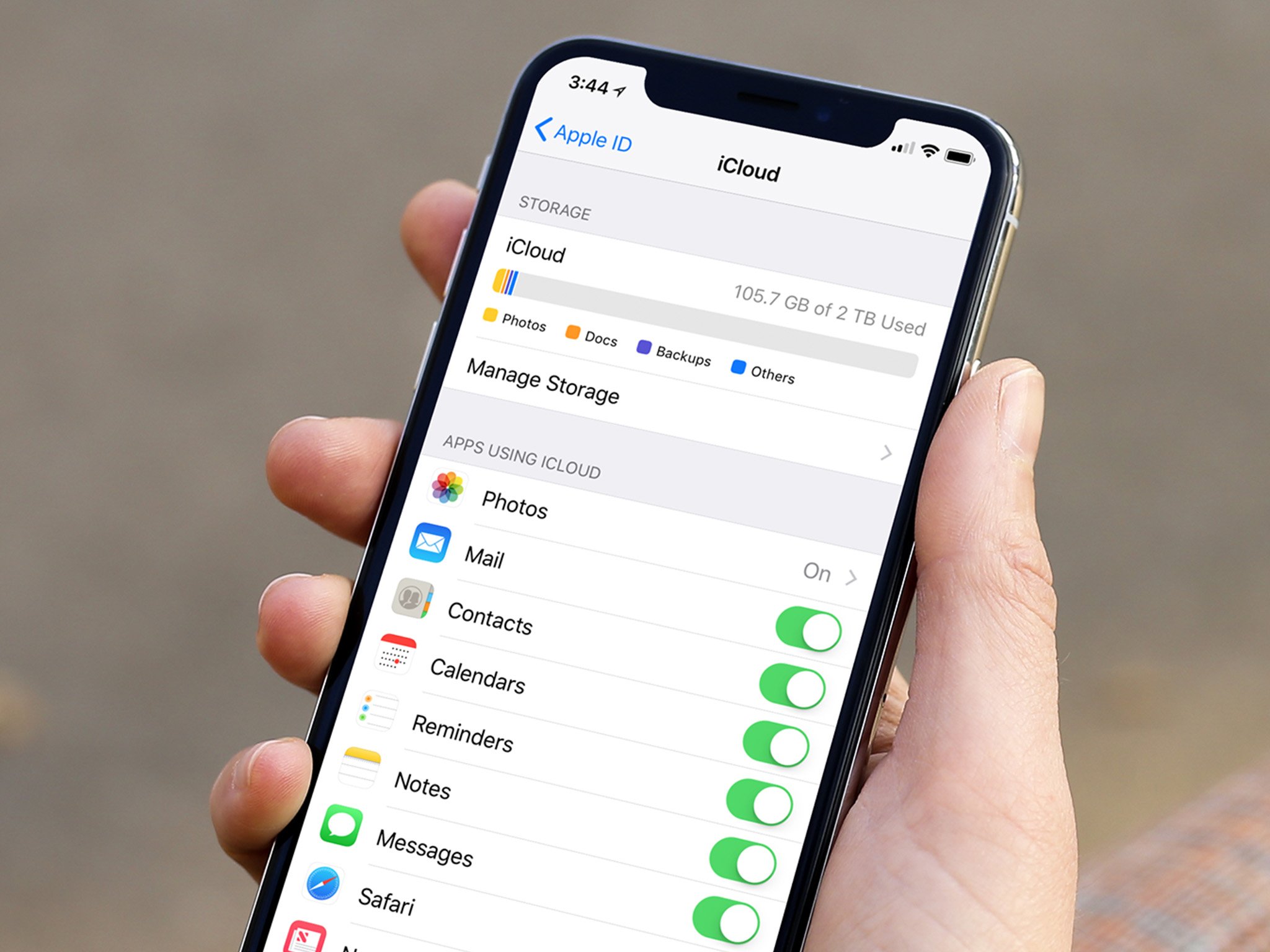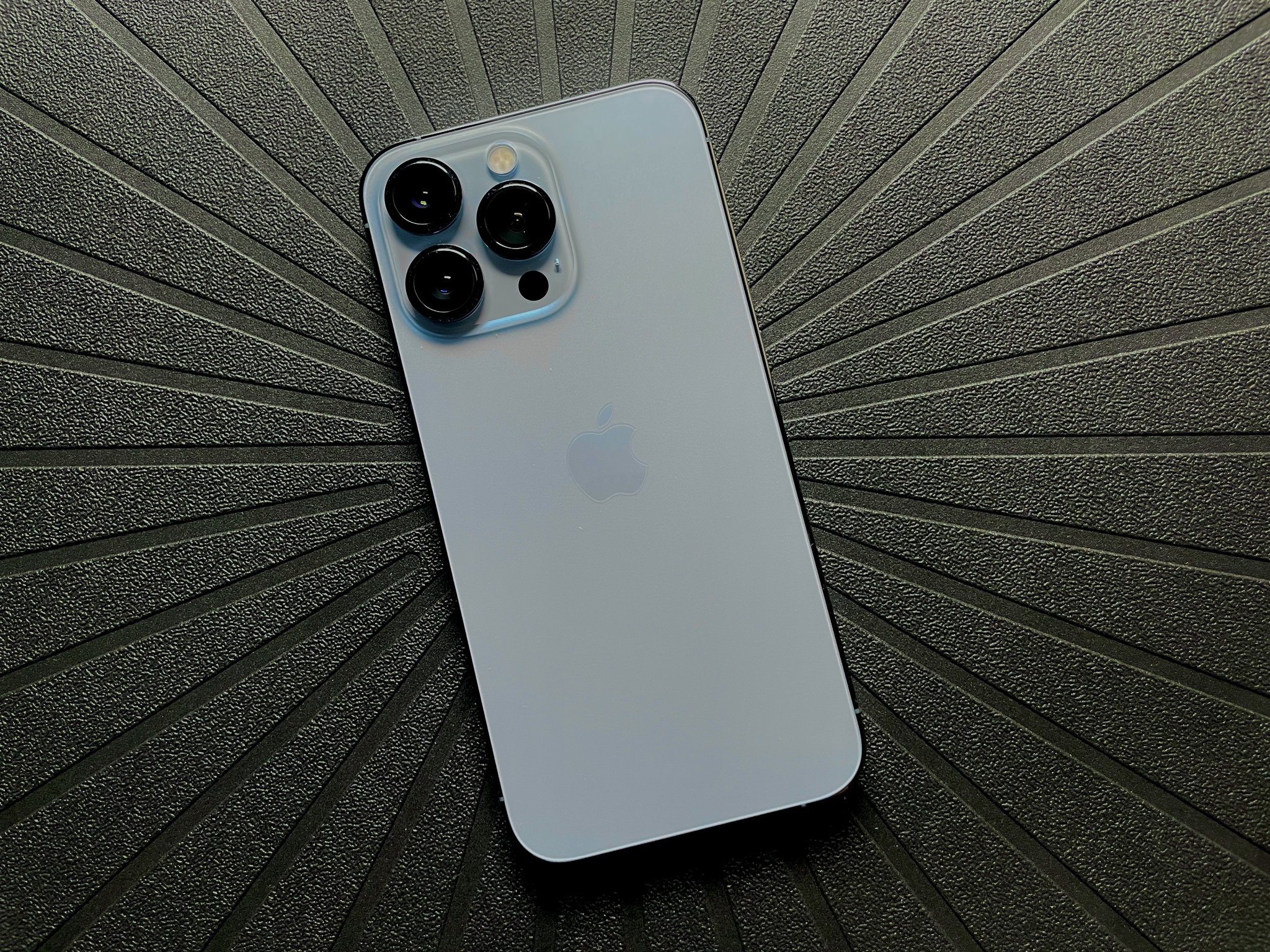Giving iPhones cool features is no good if people don't understand what they do

Apple's upcoming iOS 15.2 looks set to change how iCloud Private Relay is labeled in the Settings app. I can only presume that the reason for the change is that nobody was using it, likely because they didn't understand what it did. The new messaging makes it clear that it will "limit IP address tracking." I expect more people will use it as a result.
This change is today's Apple in microcosm. While it's great that the company seems to be more willing than ever to change things when they aren't working, the fact they aren't working is also a pretty big problem. And messaging is something Apple hasn't been great at of late.
This latest example suggests that Apple's swing and miss with iCloud Private Relay is because the feature and descriptions aren't easy to understand for far too many people. Similar communication problems arose earlier this year and with more devastating results when Apple announced, and then delayed, its Child Sexual Abuse Material (CSAM) system. Again, communication was dire, with Apple spending two weeks trying to reset the narrative after making a mess of the initial messaging. Ultimately, CSAM was sent back to the drawing board and has been there ever since.
Before that was the AirPods Max messaging issue that saw people confused about how the headphones managed power and whether they did, or did not, have a low power mode.

And then we have the other side to this coin — another example of Apple's ability to listen and do the right thing. This week's news that Apple is going to make it easier for people to repair their own iPhones is excellent to hear and another sign that it might be listening to people more. After the company spent years telling everyone that it and its authorized repair centers were the only ones capable of swapping out screens and whatnot, It's as if Apple sometimes needs a second attempt, often struggling to get things right the first time out.
Coming back to the iCloud Private Relay situation, it's easy to see how a solid and vital feature could be overshadowed or completely blown out of the water by a poor explanation of what it does. Apple seems to be changing that, which is a positive step. But which feature is going to confuse people the next time around?
I'm super happy that Apple is not only listening again but that it's also making changes based on what it hears. Now, if only it could get things right the first time, I'd be even happier. After all, the best iPhone is an iPhone that everyone understands, whether that's a technical network-based security feature or how to turn the flashlight on.
Master your iPhone in minutes
iMore offers spot-on advice and guidance from our team of experts, with decades of Apple device experience to lean on. Learn more with iMore!

Oliver Haslam has written about Apple and the wider technology business for more than a decade with bylines on How-To Geek, PC Mag, iDownloadBlog, and many more. He has also been published in print for Macworld, including cover stories. At iMore, Oliver is involved in daily news coverage and, not being short of opinions, has been known to 'explain' those thoughts in more detail, too. Having grown up using PCs and spending far too much money on graphics card and flashy RAM, Oliver switched to the Mac with a G5 iMac and hasn't looked back. Since then he's seen the growth of the smartphone world, backed by iPhone, and new product categories come and go. Current expertise includes iOS, macOS, streaming services, and pretty much anything that has a battery or plugs into a wall. Oliver also covers mobile gaming for iMore, with Apple Arcade a particular focus. He's been gaming since the Atari 2600 days and still struggles to comprehend the fact he can play console quality titles on his pocket computer.
